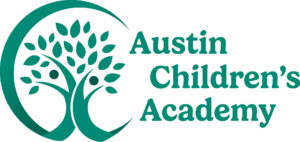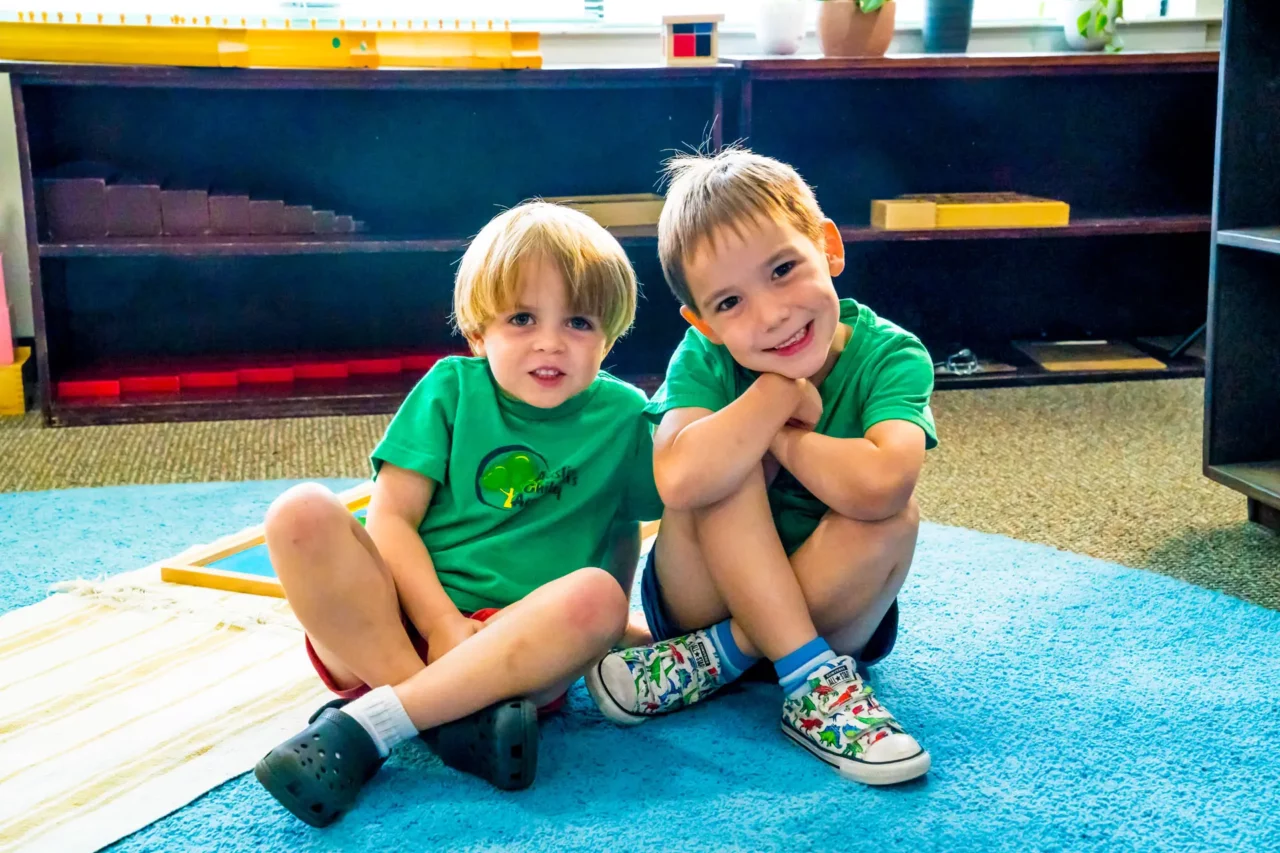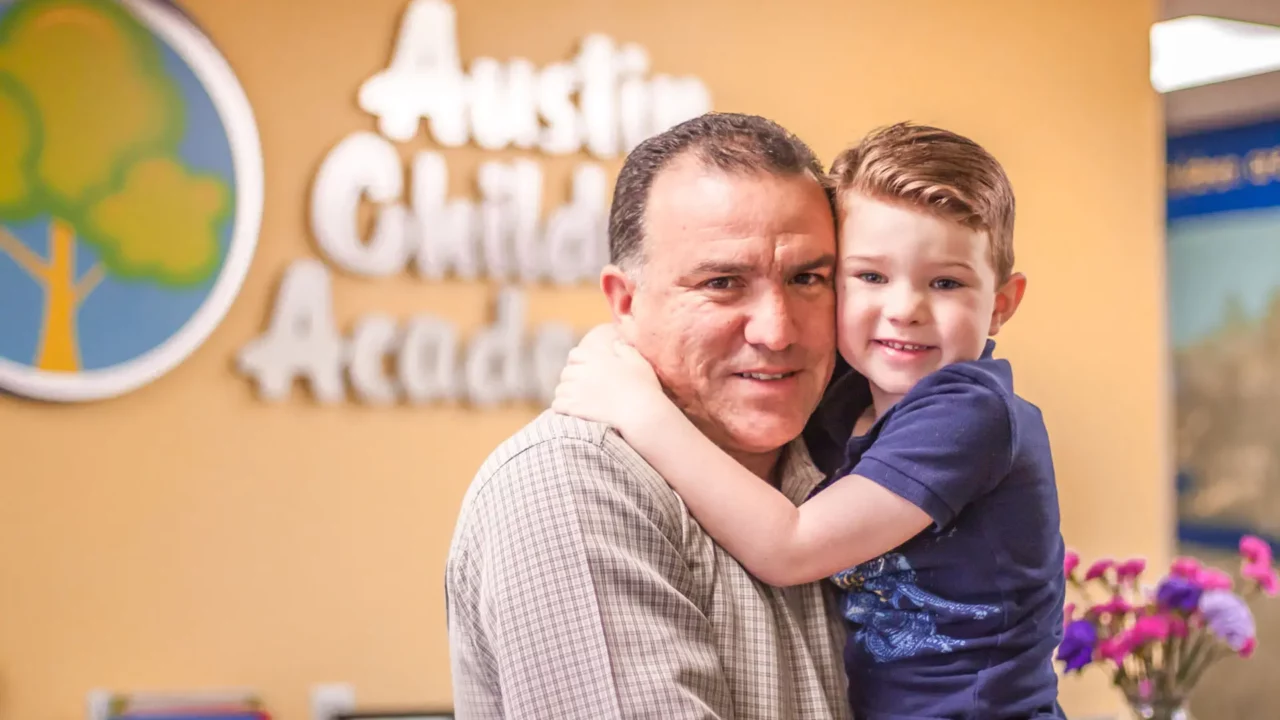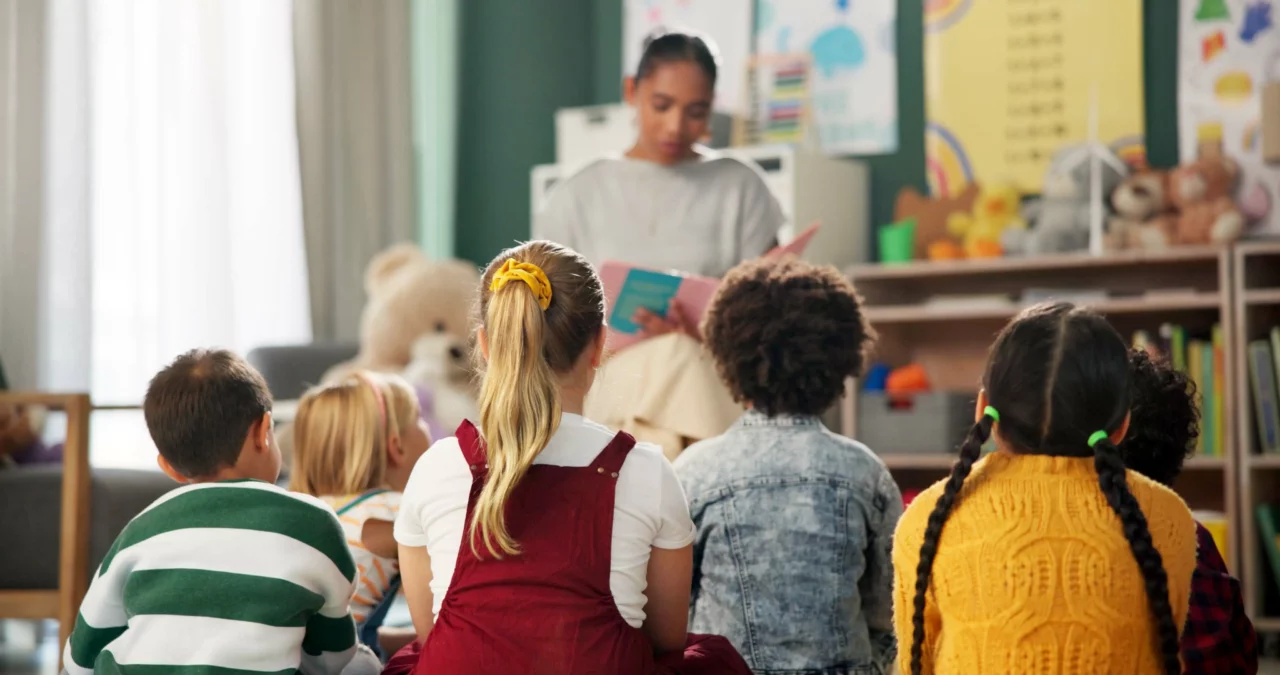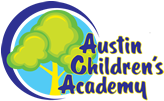
Since the middle of the twentieth century, educators have known that there is no ideal teaching method that works for everyone. Every child differs in the way he perceives the world and in the way he absorbs information. The challenge is how to optimize teaching methods to adapt to an array of learning styles in the classroom.
To help in this goal, educators and researchers have identified a number of basic learning types that are continually being refined and sub-divided. Recognizing your child’s tendency to lean toward one or another can help you ensure he’s maximizing his potential.
Auditory Learner
An auditory learner’s optimal way of absorbing and processing new information is through listening and discussion. Generally, such learners can sit and focus for long periods of time. Children who learn in this style tend to do quite well in a traditional classroom set-up, where teachers give lessons and lectures at the front of the room.
When faced with a tough problem or a difficult concept, such learners will conquer it best when they’re allowed to ask questions, engage in discussion, and “talk it through.”
Visual Learner
Visual learners love demonstrations. Telling them what happens when baking soda and vinegar are mixed will not make as strong an impression as showing them the volcanic bubbling-up of the mixture. If it seems like such a technique would work with all learners, you’ve got a point. It’s estimated that more than half of all students are visual learners.
In this learning style, pattern recognition abilities often trump linguistic abilities. Such children will pick up sight-words easily but take a little longer to parse out the relationship between letters and sounds. They’ll recognize faces before they remember names. Graphs, diagrams, and symbols make a larger impact than verbal descriptions.
Tactile Learner
Tactile learners like to get their hands dirty. They learn best when they’re the one pouring the cup of vinegar into the bowl of baking soda. They tend to excel in student projects or science fairs because they get to use the hammer, the gorilla glue, and the hacksaw. Unless they’re actively scribbling notes, they may not absorb everything the teacher says during a lesson. The physical act of writing helps fix the meaning in their minds.
Kinesthetic Learner
Kinesthetic learners are the high-energy students of the classroom. They think best when they’re moving, so when they’re forced to sit and listen to a lecture they often miss a lot of what is being said. Like the tactile learners, kinesthetic learners prefer to do. They prefer project-based learning with fewer restrictions on movement. Younger children who are kinesthetic learners often morph into tactile learners as they mature into elementary school.
If you struggle with identifying your child’s learning style, talk to his or her teacher. Educators are well-versed in tricks and techniques to help your child advance in academics the way he or she was born to learn.
